Home>Gardening & Outdoor>Landscaping Ideas>When To Stop Cutting Your Grass
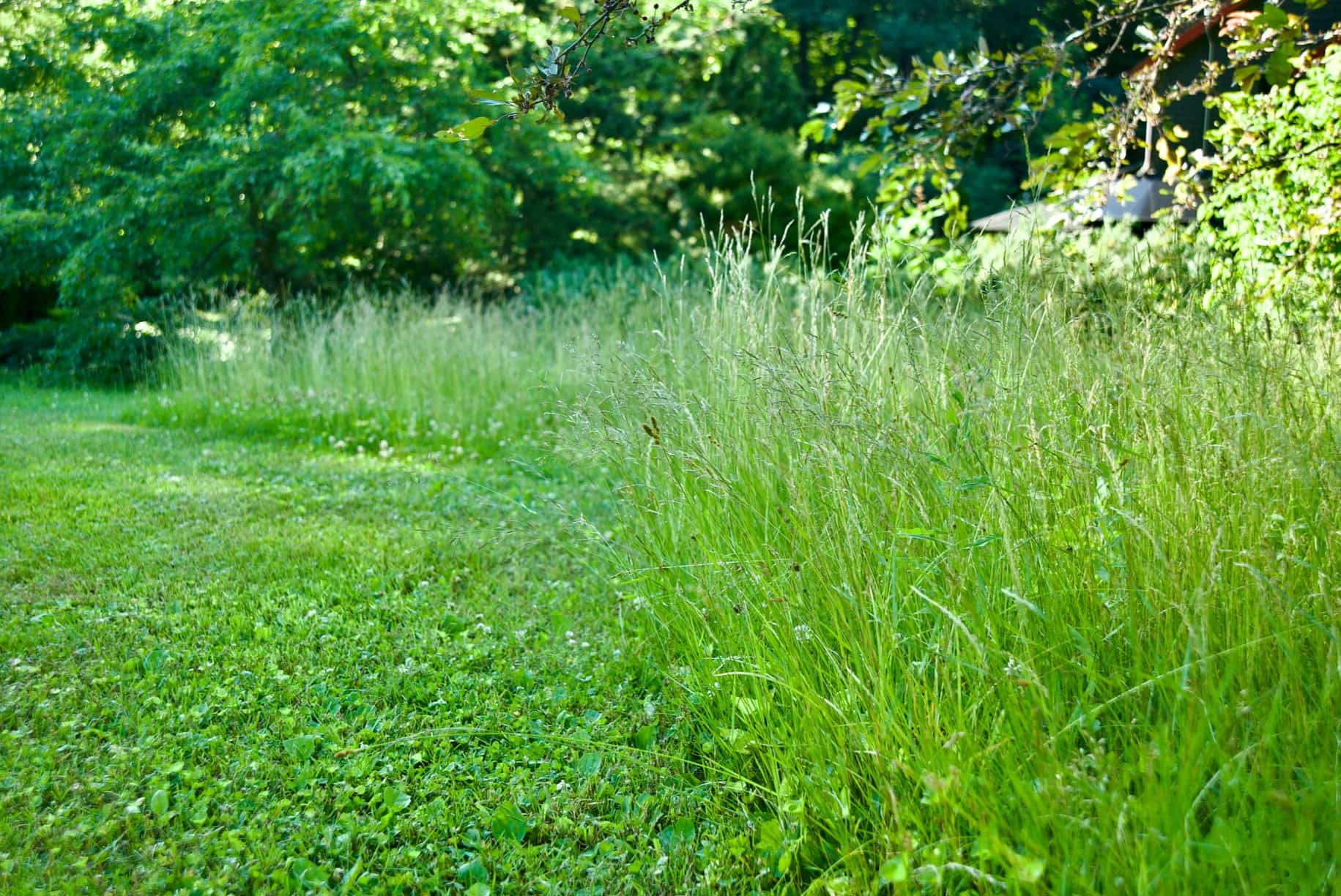

Landscaping Ideas
When To Stop Cutting Your Grass
Modified: February 18, 2024
Learn when to stop cutting your grass for a healthier lawn with these landscaping ideas. Find out the best practices for maintaining your lawn's beauty and health.
(Many of the links in this article redirect to a specific reviewed product. Your purchase of these products through affiliate links helps to generate commission for Storables.com, at no extra cost. Learn more)
**
Introduction
**
When it comes to maintaining a lush and inviting lawn, the timing of grass cutting plays a pivotal role in achieving optimal results. While regular mowing is essential for a well-groomed appearance, there comes a point in the growing season when it's prudent to halt the mowing routine. Knowing when to stop cutting your grass can significantly impact the health and aesthetics of your lawn, ensuring that it thrives throughout the year. This decision is influenced by several factors, including the growth rate of the grass, prevailing weather conditions, the overall health of the lawn, aesthetic preferences, and practical considerations. By understanding these elements and recognizing the signs that indicate the right time to cease mowing, you can effectively nurture your lawn and promote its longevity. Let's delve into the various aspects that should inform your decision on when to stop cutting your grass.
**
Key Takeaways:
- Knowing when to stop cutting your grass is crucial for a healthy lawn. Factors like growth rate, weather, and lawn health influence this decision. Understanding these elements promotes a vibrant and resilient lawn.
- Pay attention to signs like slowing growth and reaching optimal grass height. These indicate when to stop cutting your grass. By recognizing these signals, you can confidently transition to a less frequent mowing schedule, promoting a healthy and visually appealing lawn.
Read more: When To Stop Cutting Grass In Michigan
Factors to Consider
**
Several key factors should be taken into account when determining the appropriate time to cease cutting your grass. These factors encompass the grass growth rate, weather conditions, lawn health, aesthetic preferences, and practical considerations.
First and foremost, the growth rate of the grass is a crucial consideration. Different grass species exhibit varying growth patterns, with some thriving in specific seasons. Understanding the growth rate of your particular grass type is essential in establishing a suitable mowing schedule and knowing when to allow the grass to grow naturally.
Weather conditions also play a significant role in determining when to stop cutting your grass. Factors such as temperature, precipitation, and humidity can impact the growth and health of the grass. During periods of drought or intense heat, allowing the grass to grow slightly longer can help protect the soil from excessive moisture loss and provide shade for the underlying roots.
Furthermore, the overall health of your lawn is a critical factor to consider. If your lawn has been subjected to stressors such as excessive foot traffic, pest infestations, or disease, it may benefit from a period of uninterrupted growth. Allowing the grass to grow without the stress of mowing can aid in its recovery and rejuvenation.
Additionally, your aesthetic preferences come into play when deciding when to stop cutting your grass. Some homeowners prefer a neatly manicured lawn with short, uniform grass blades, while others appreciate a more natural, slightly longer lawn appearance. Understanding your personal preferences will guide your decision on when to transition from regular mowing to a less frequent schedule.
Finally, practical considerations, such as time constraints and equipment maintenance, should be factored in. If you have limited time for lawn maintenance or need to service your mowing equipment, adjusting your mowing frequency can alleviate these practical concerns.
By carefully considering these factors, you can make an informed decision on when to stop cutting your grass, ensuring that your lawn remains healthy, visually appealing, and well-maintained.
**
Grass Growth Rate
**
The growth rate of grass varies depending on the species and environmental conditions. Understanding the growth patterns of the specific grass type in your lawn is essential for determining the ideal mowing schedule and when to allow the grass to grow freely.
Grass species such as Kentucky bluegrass and perennial ryegrass are known for their rapid growth during the cooler seasons, particularly in spring and fall. In contrast, warm-season grasses like Bermuda grass and Zoysia grass exhibit vigorous growth in the warmer months, typically from late spring to early fall.
When the grass is actively growing, frequent mowing is necessary to maintain an optimal height and promote healthy development. However, as the growth rate slows due to seasonal changes or environmental factors, adjusting the mowing frequency becomes crucial.
During periods of intense growth, mowing too infrequently can lead to an overgrown, unkempt appearance and may hinder the grass’s health. Conversely, when the growth rate diminishes, allowing the grass to grow slightly longer can benefit its overall resilience and vigor.
By monitoring the growth rate of your grass and understanding its seasonal patterns, you can adapt your mowing routine to align with the grass’s natural growth cycles. This approach fosters a healthier lawn and ensures that the grass is not subjected to unnecessary stress from excessive mowing during periods of reduced growth.
Recognizing the distinct growth rates of various grass species and being attuned to the seasonal changes in your local climate enables you to make informed decisions about when to stop cutting your grass, ultimately contributing to the long-term vitality of your lawn.
**
Weather Conditions
**
Weather conditions exert a profound influence on the growth and health of grass, thereby impacting the timing of when to stop cutting your lawn. Temperature, precipitation, humidity, and other climatic factors all contribute to the grass’s growth patterns and overall well-being.
During periods of intense heat and limited rainfall, grass may experience growth retardation as a natural response to conserve energy and moisture. Allowing the grass to grow slightly longer under these conditions can provide several benefits. Firstly, the extended grass blades offer increased shade to the soil, reducing moisture evaporation and aiding in moisture retention. This is particularly advantageous in regions prone to drought or water restrictions, as longer grass can better withstand dry spells. Additionally, the taller grass provides a natural cooling effect, mitigating the stress caused by high temperatures on the underlying soil and roots.
Conversely, in regions characterized by abundant rainfall and moderate temperatures, grass growth may be accelerated. Frequent mowing is necessary to prevent the grass from becoming excessively long and unkempt. However, during periods of consistent rainfall, it’s important to assess the soil’s drainage capacity. If the soil becomes waterlogged, mowing should be adjusted to avoid compaction and damage to the grass.
Moreover, humidity levels can impact the susceptibility of grass to certain diseases and pests. High humidity, especially in combination with warm temperatures, creates an environment conducive to fungal diseases such as dollar spot and brown patch. Allowing the grass to grow slightly longer can enhance air circulation and reduce the risk of disease development, particularly during humid conditions.
By considering the prevailing weather conditions in your region and their effects on grass growth and health, you can make informed decisions about when to adjust your mowing frequency. Adapting your lawn care practices to align with the climate fosters a resilient and thriving lawn, ensuring that the grass is well-equipped to withstand environmental fluctuations.
**
Lawn Health
**
The overall health of your lawn is a critical factor in determining when to cease cutting your grass. A well-maintained lawn exhibits robust growth, vibrant color, and resilience against environmental stressors. However, if your lawn has experienced challenges such as pest infestations, disease outbreaks, or excessive foot traffic, allowing the grass to grow uninterrupted can facilitate its recovery and rejuvenation.
When grass is subjected to stress, whether from pest damage or disease, it expends energy and resources on combating these threats, often at the expense of growth and vitality. Allowing the grass to grow slightly longer during these periods alleviates the stress of mowing and enables the grass to redirect its resources towards recuperation. This approach can expedite the recovery process and promote the regrowth of damaged areas, contributing to the overall health and appearance of the lawn.
Furthermore, if your lawn has experienced compaction due to heavy use or construction activities, longer grass blades can help shield the soil from further compression and aid in the aeration of the root zone. This is particularly beneficial in high-traffic areas where the grass may struggle to thrive under constant pressure.
By recognizing the signs of stress and strain on your lawn and adjusting your mowing schedule accordingly, you can effectively support the recovery and revitalization of the grass, promoting a healthier and more resilient lawn in the long run.
**
It’s best to stop cutting your grass when it reaches a height of around 3-4 inches. Cutting it too short can stress the grass and make it more susceptible to pests and diseases.
Read more: When To Cut Your Grass
Aesthetic Preferences
**
Personal aesthetic preferences play a significant role in determining the ideal length and appearance of your lawn. While some homeowners favor a meticulously manicured lawn with short, uniform grass blades, others appreciate a more natural and slightly longer lawn aesthetic.
If you prefer a neatly trimmed lawn with a formal appearance, adhering to a regular mowing schedule is essential to maintain its desired look. Consistently cutting the grass to a specific height ensures a uniform and well-groomed appearance, contributing to the overall aesthetic appeal of the lawn.
Conversely, if you lean towards a more natural and informal lawn aesthetic, allowing the grass to grow slightly longer can complement this preference. Longer grass blades can evoke a meadow-like ambiance, creating a relaxed and organic appeal. This approach is particularly popular among homeowners seeking to establish a wildlife-friendly environment, as longer grass provides habitat and foraging opportunities for various small creatures.
Furthermore, the aesthetic preferences of individual homeowners may be influenced by regional landscaping trends, architectural styles, and personal lifestyle choices. Factors such as the presence of ornamental features, garden structures, and outdoor living spaces can also impact the desired aesthetic for the lawn.
Understanding and embracing your aesthetic preferences enables you to make informed decisions about when to stop cutting your grass, aligning the lawn’s appearance with your desired visual aesthetic. Whether you prioritize a formal, manicured lawn or a more natural and relaxed ambiance, adapting your mowing routine to reflect your aesthetic vision ensures that your lawn resonates with your unique style and preferences.
**
Practical Considerations
**
When determining when to stop cutting your grass, practical considerations such as time constraints, equipment maintenance, and lawn care resources are essential factors to take into account. These practical aspects can influence the frequency of mowing and the decision to allow the grass to grow freely.
For homeowners with limited time available for lawn maintenance, adjusting the mowing schedule to a less frequent routine can alleviate time constraints and ensure that the lawn remains well-kept without demanding excessive attention. This approach accommodates busy schedules and provides flexibility in managing lawn care tasks.
In addition to time considerations, the maintenance of mowing equipment is a practical aspect that warrants attention. Allowing the grass to grow slightly longer can reduce the frequency of mowing, thereby mitigating wear and tear on mowing equipment and minimizing the need for frequent maintenance and blade sharpening. This can contribute to the longevity and optimal performance of the mowing equipment.
Furthermore, practical considerations extend to the availability of lawn care resources, including mulching mowers, grass collection systems, and the disposal of grass clippings. Adapting the mowing schedule to align with the available resources and equipment can streamline the lawn care process and enhance its efficiency.
By taking practical considerations into account, homeowners can make informed decisions about when to adjust their mowing frequency, ensuring that the lawn remains well-maintained while accommodating time constraints and resource availability.
**
Signs It’s Time to Stop Cutting
**
Recognizing the signs that indicate the appropriate time to stop cutting your grass is crucial for maintaining a healthy and visually appealing lawn. Several key indicators signal that the grass can be allowed to grow without regular mowing, promoting its well-being and overall resilience.
One clear sign that it’s time to stop cutting your grass is the slowing of its growth rate. As the growing season transitions and temperatures begin to decrease, many grass species exhibit a reduced growth rate. This natural deceleration in growth signals that the grass can be allowed to grow slightly longer without compromising its health or appearance.
Another indicator is the attainment of the optimal grass height for the specific species in your lawn. Different grass types have distinct height preferences that contribute to their health and vigor. Once the grass reaches the ideal height for its species, allowing it to grow without frequent mowing supports its natural growth patterns and encourages robust development.
Furthermore, the onset of dormancy in cool-season grasses and the transition to a dormant state in warm-season grasses signify that regular mowing can be tapered off. During dormancy, grass growth is minimal, and the lawn benefits from longer grass blades that provide insulation and protection for the underlying roots.
Additionally, if your lawn has been subjected to stressors such as pest infestations, disease outbreaks, or environmental challenges, allowing the grass to grow uninterrupted can aid in its recovery and revitalization. Longer grass blades can enhance the grass’s resilience and contribute to its overall health during the recovery process.
By observing these signs and understanding the natural growth patterns of your grass, you can confidently determine when to stop cutting your lawn, ensuring that it thrives and maintains its visual appeal throughout the changing seasons.
**
Conclusion
**
Knowing when to stop cutting your grass is a nuanced decision influenced by various factors, including grass growth rate, weather conditions, lawn health, aesthetic preferences, and practical considerations. By carefully considering these elements, homeowners can make informed choices about when to allow their grass to grow without regular mowing, promoting the overall health and beauty of their lawn.
Understanding the growth rate of your grass and its seasonal patterns enables you to adapt your mowing routine to align with the grass’s natural cycles, fostering a healthier and more resilient lawn. Moreover, being attuned to the prevailing weather conditions in your region empowers you to adjust your mowing frequency to accommodate fluctuations in temperature, precipitation, and humidity, promoting the grass’s vitality and longevity.
Furthermore, recognizing the signs of stress and strain on your lawn and adjusting your mowing schedule accordingly supports the recovery and rejuvenation of the grass, contributing to a healthier and more visually appealing lawn.
Embracing your aesthetic preferences and aligning your mowing routine with your desired lawn aesthetic ensures that your lawn resonates with your unique style and preferences, whether you prefer a formal, manicured appearance or a more natural and relaxed ambiance.
Practical considerations, such as time constraints, equipment maintenance, and resource availability, play a pivotal role in determining the optimal mowing frequency, enabling homeowners to manage their lawn care tasks efficiently while maintaining a well-kept lawn.
By recognizing the signs that indicate the appropriate time to stop cutting your grass, such as the slowing of growth rate, reaching the optimal grass height, and the onset of dormancy, homeowners can confidently transition to a less frequent mowing schedule, promoting the health and resilience of their lawn throughout the changing seasons.
In conclusion, by considering these factors and signs, homeowners can make informed decisions about when to stop cutting their grass, ensuring that their lawn flourishes and remains visually appealing, vibrant, and well-maintained.
Frequently Asked Questions about When To Stop Cutting Your Grass
Was this page helpful?
At Storables.com, we guarantee accurate and reliable information. Our content, validated by Expert Board Contributors, is crafted following stringent Editorial Policies. We're committed to providing you with well-researched, expert-backed insights for all your informational needs.
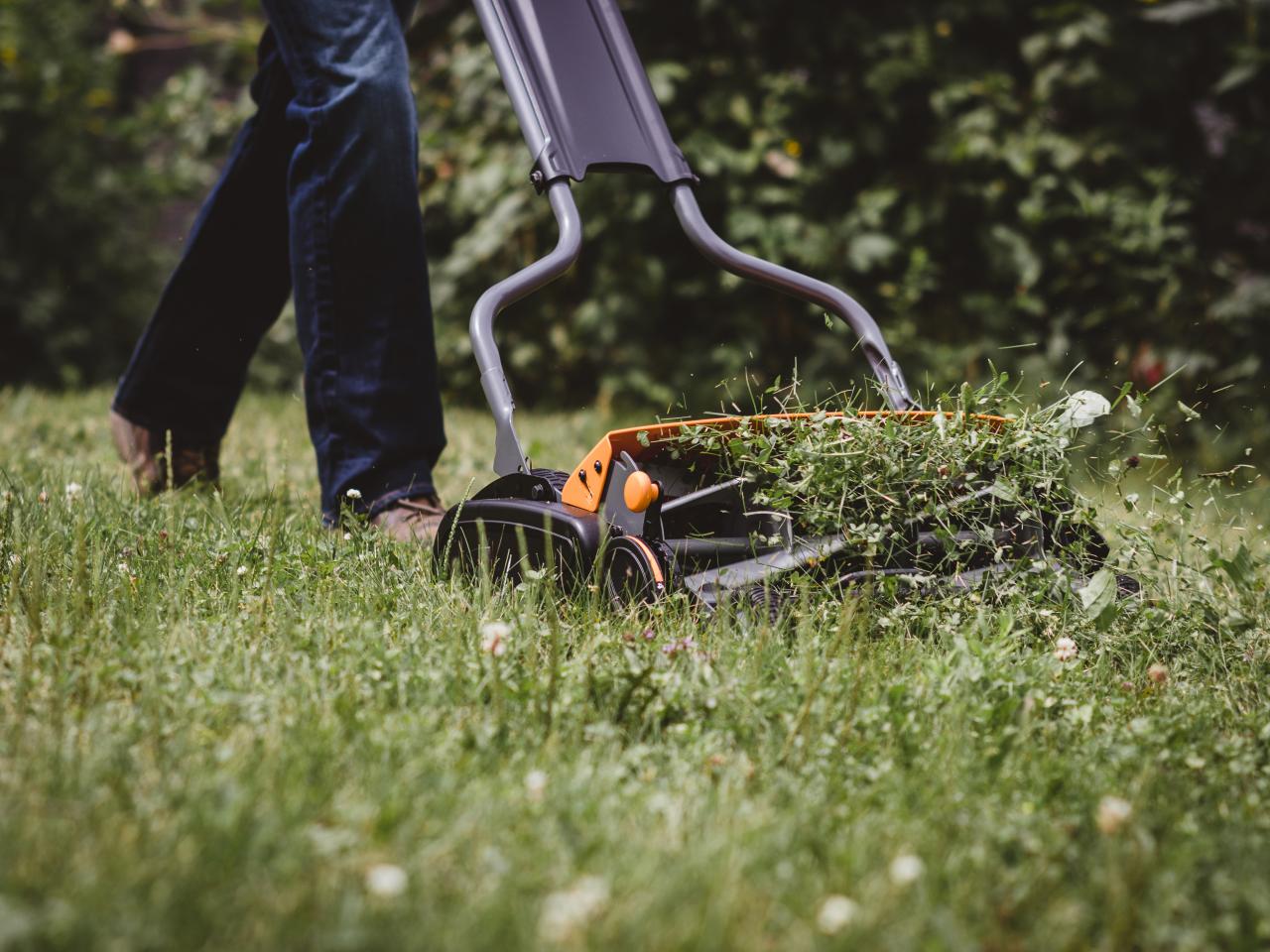
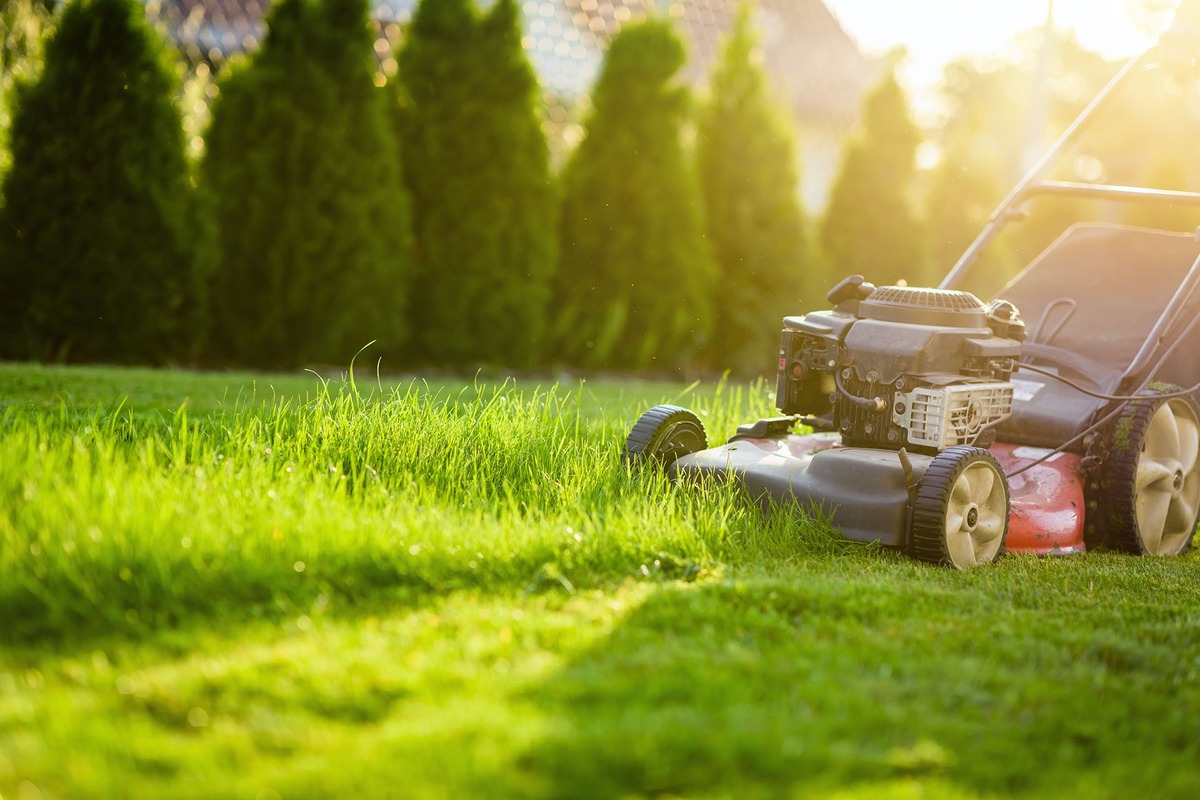

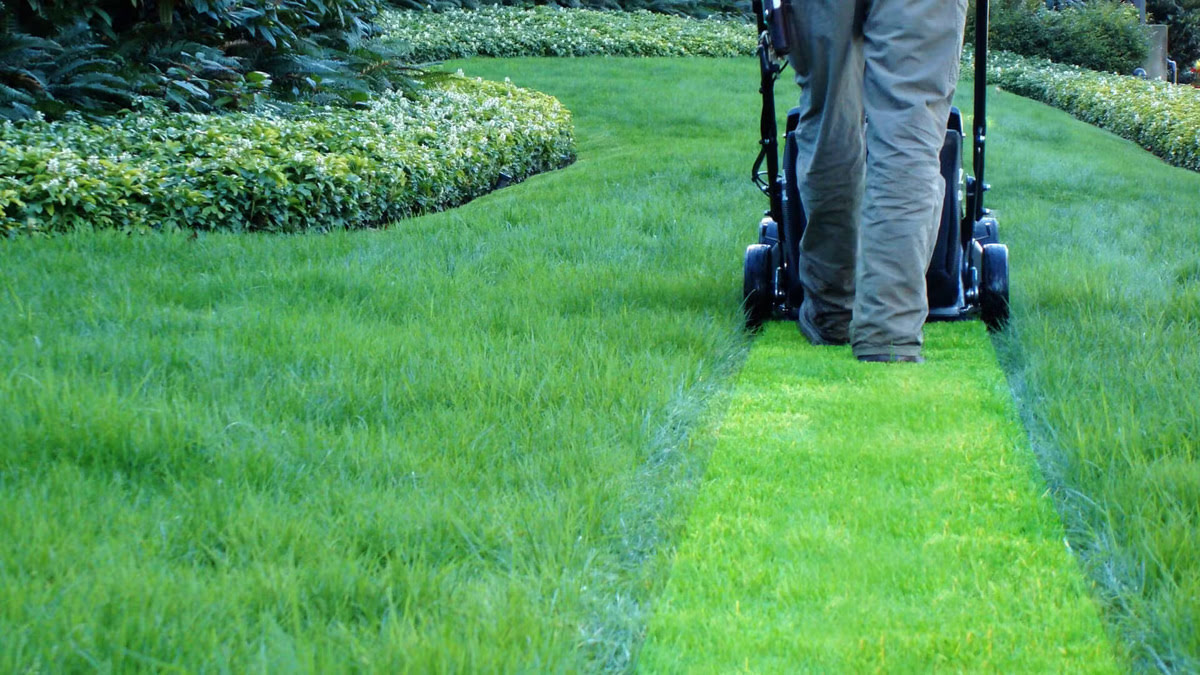
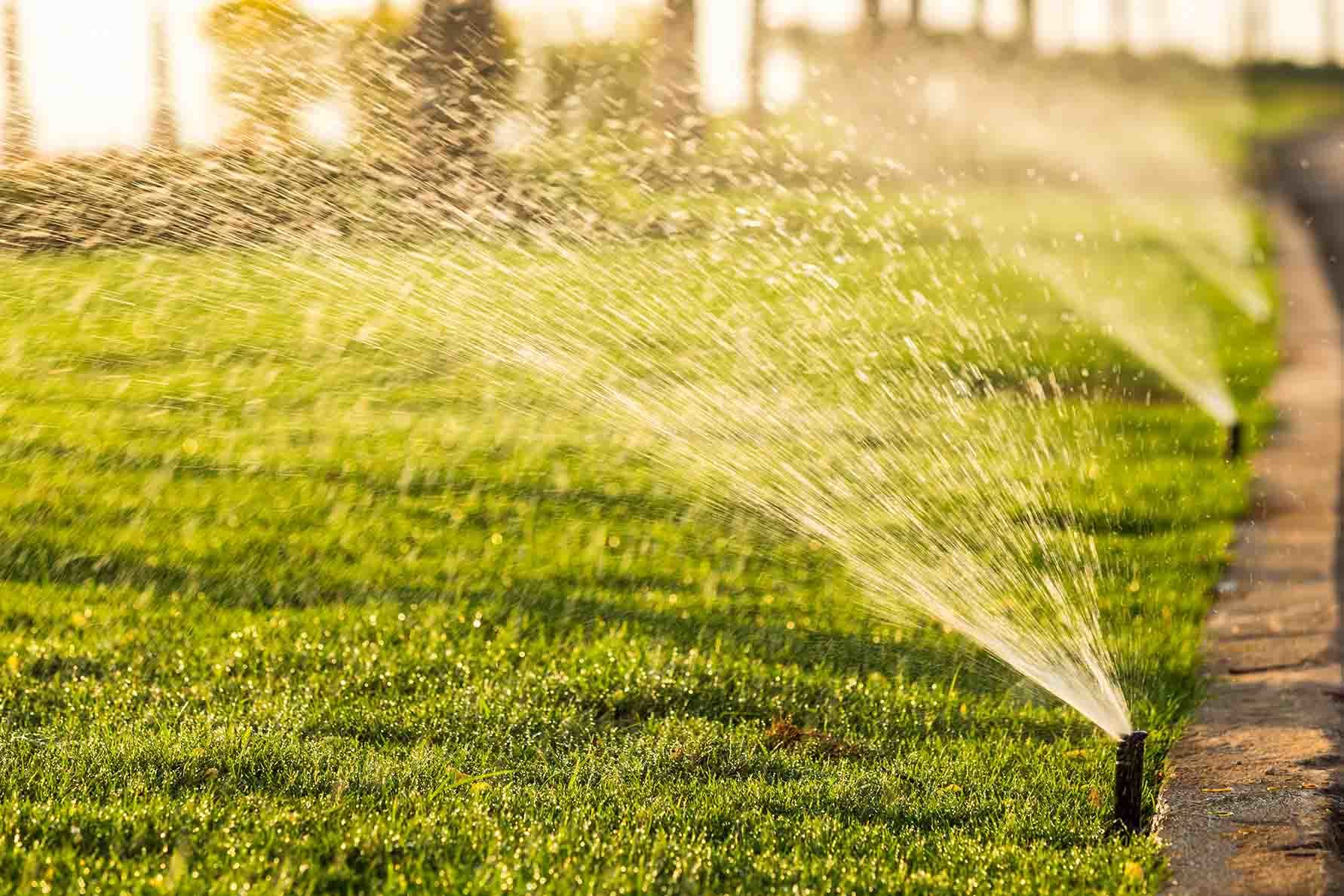

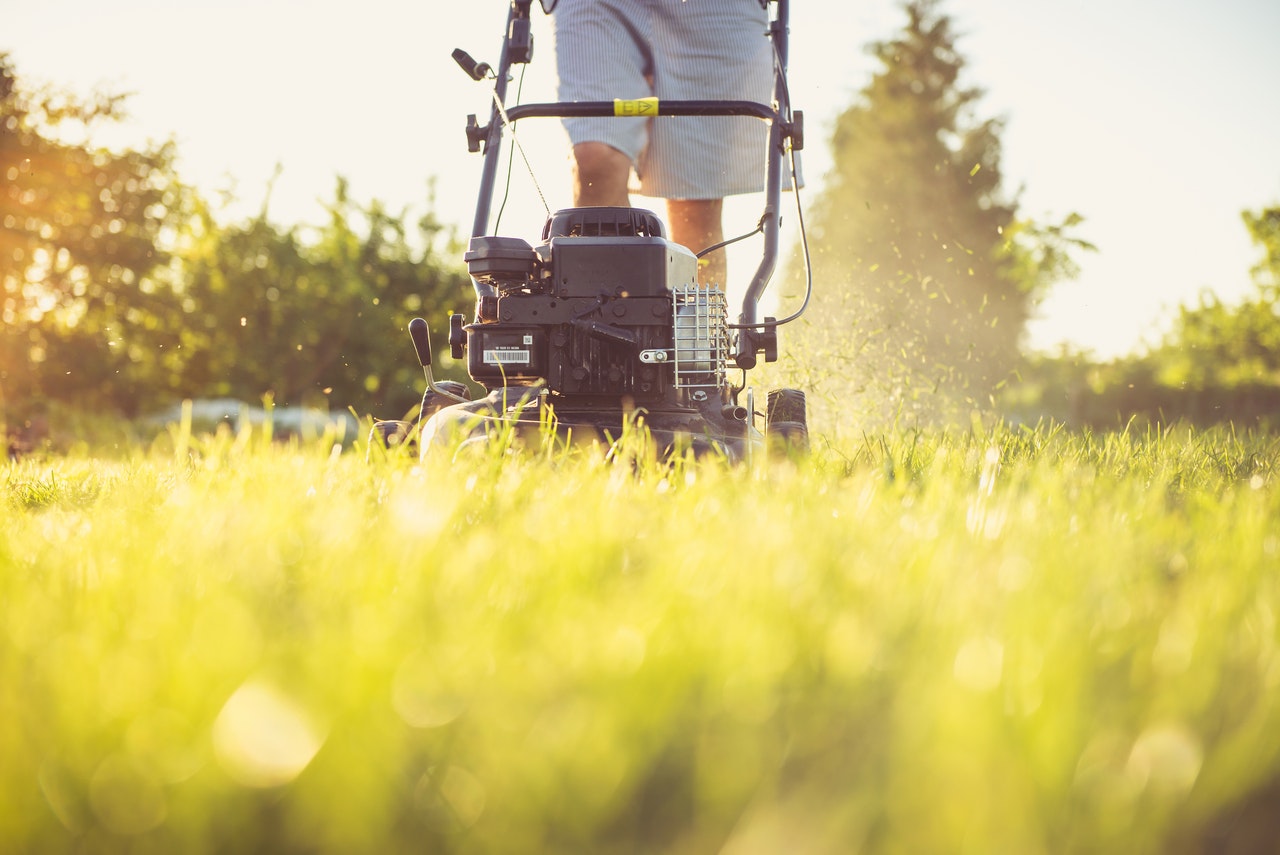
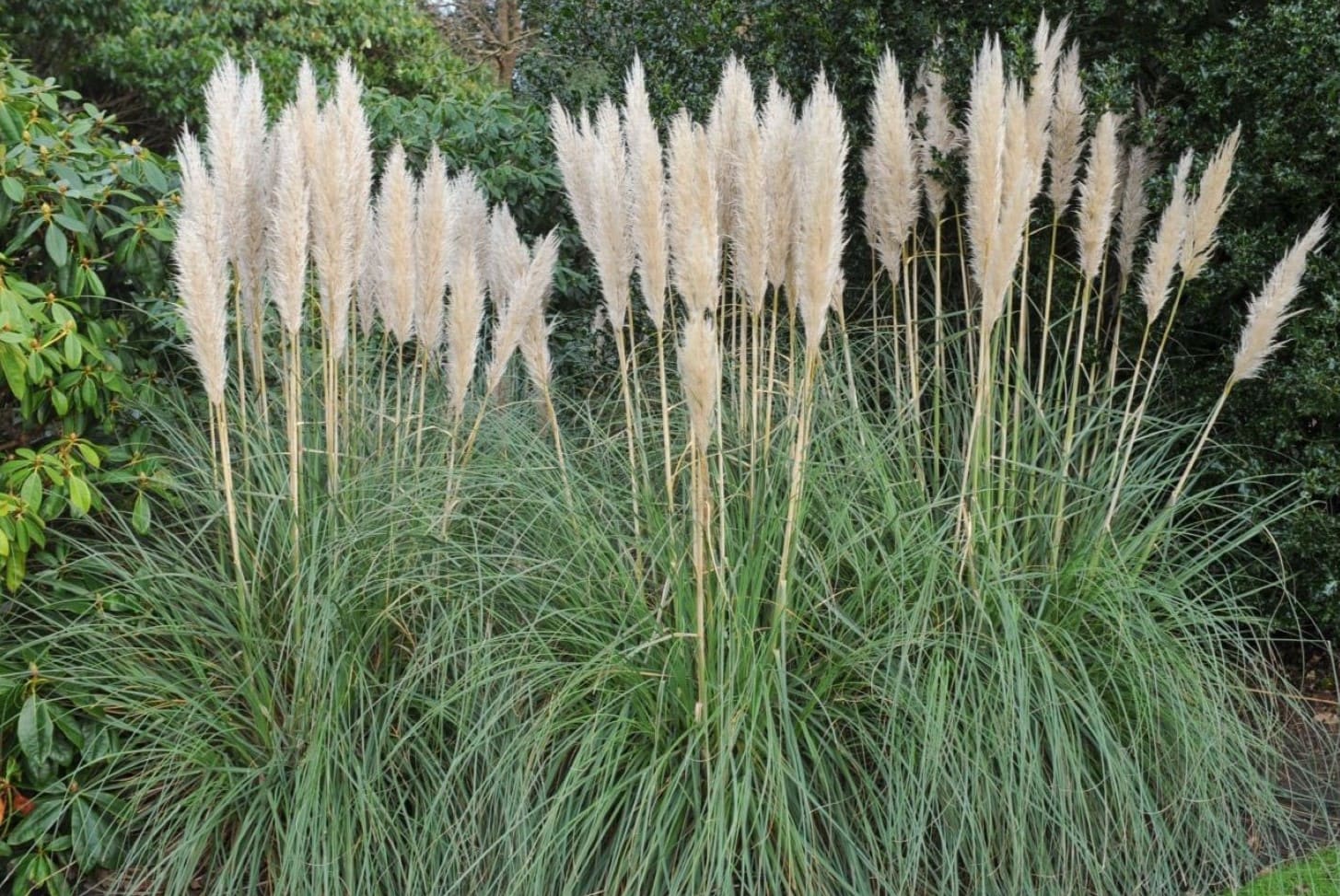
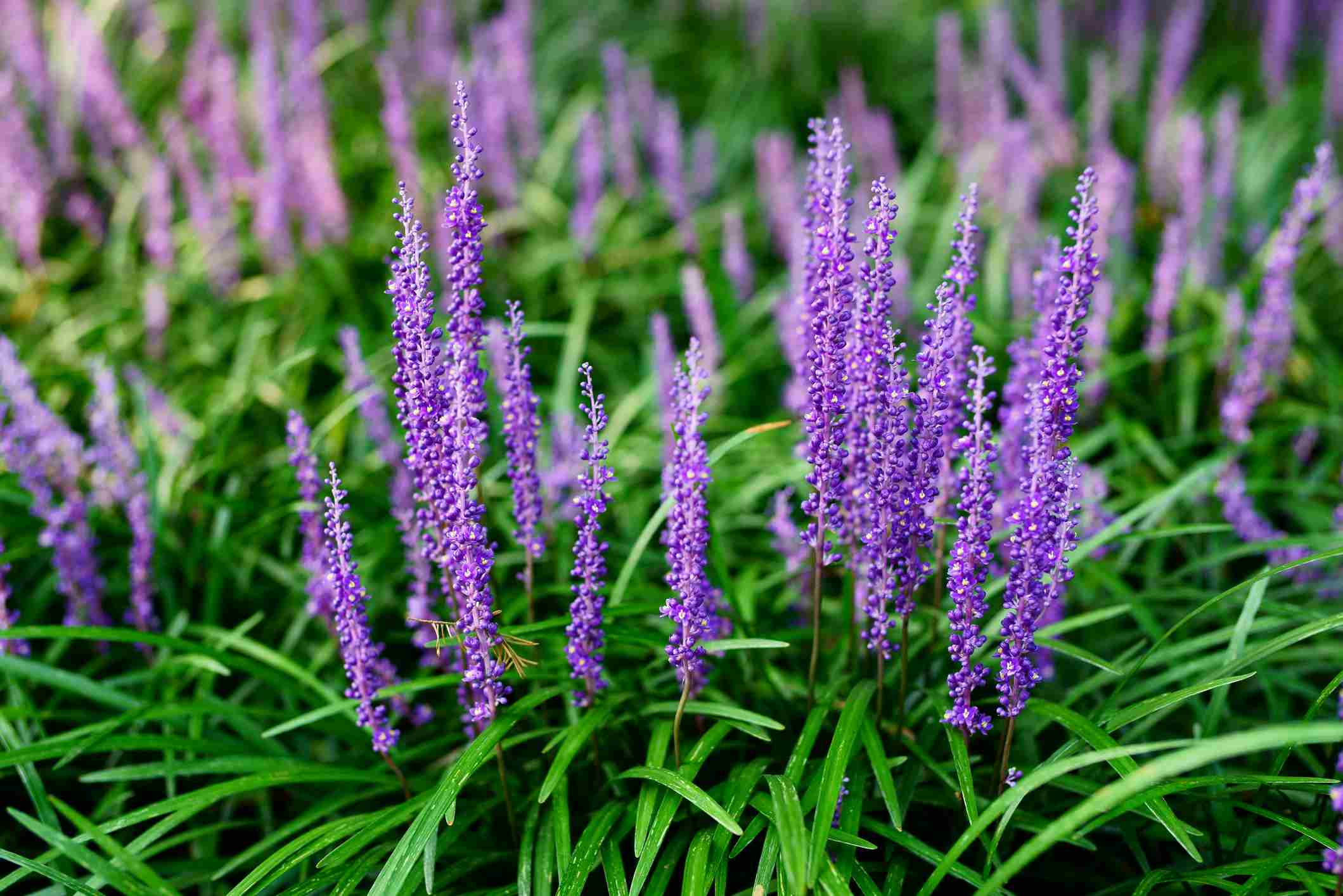
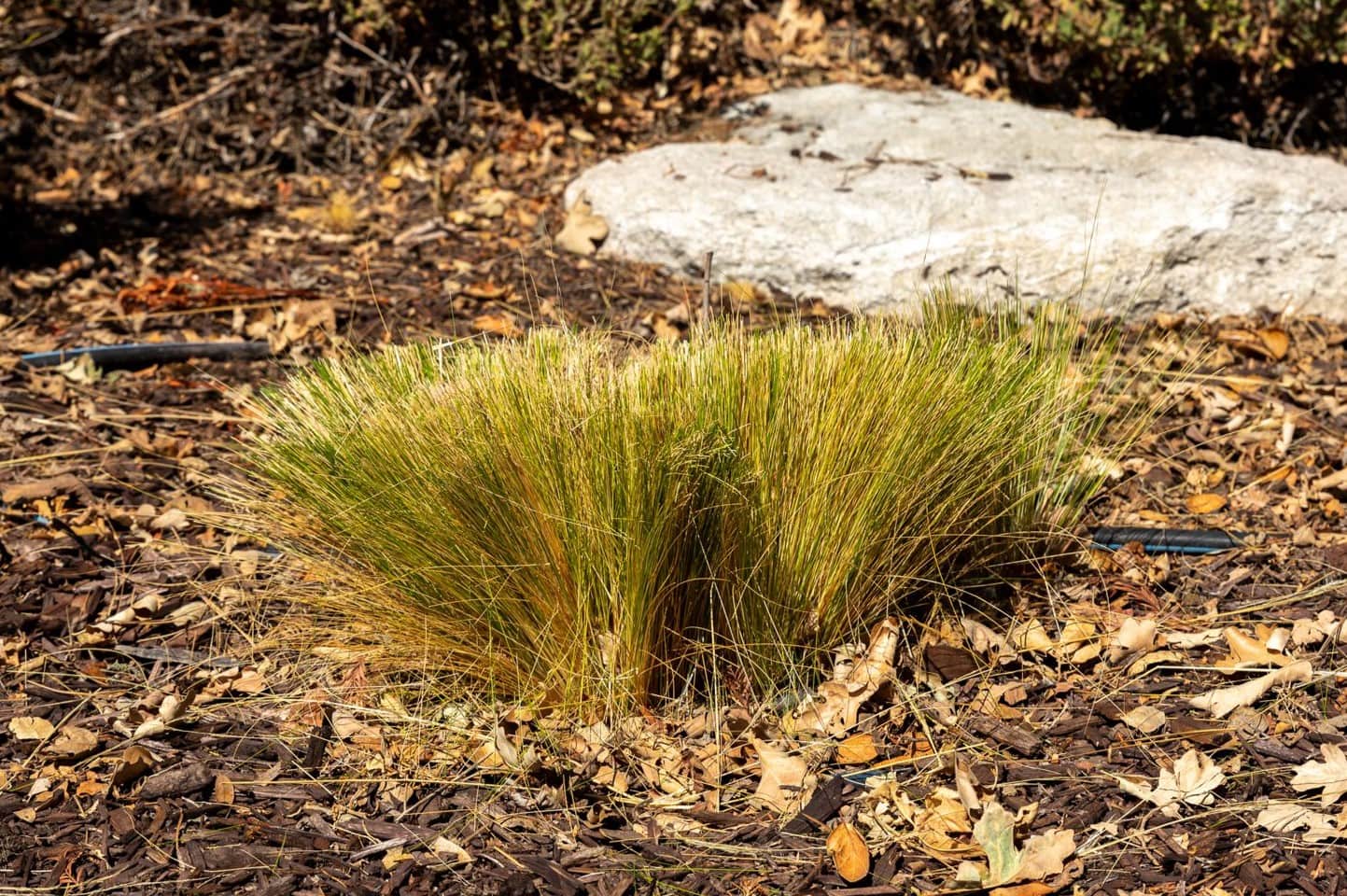
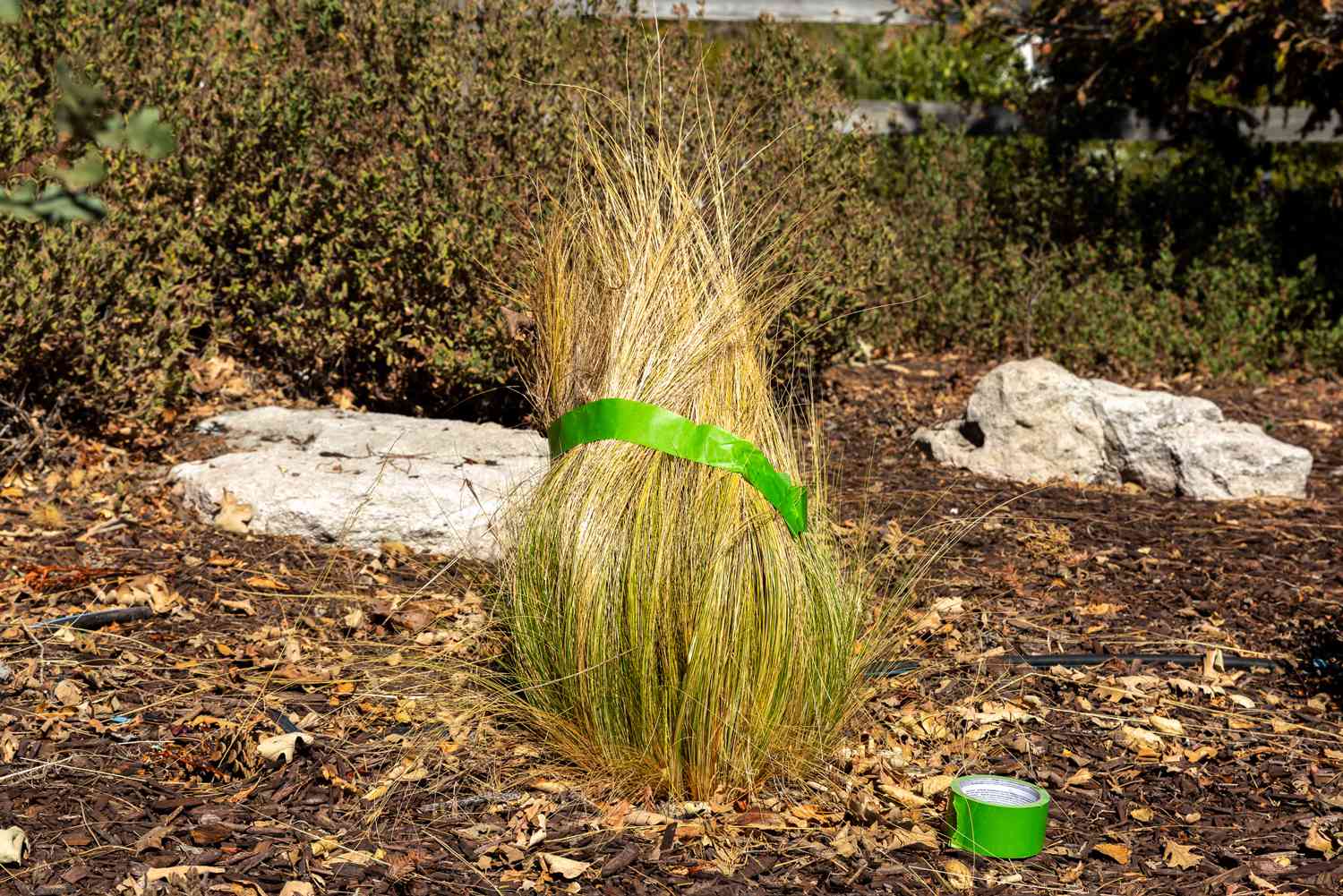
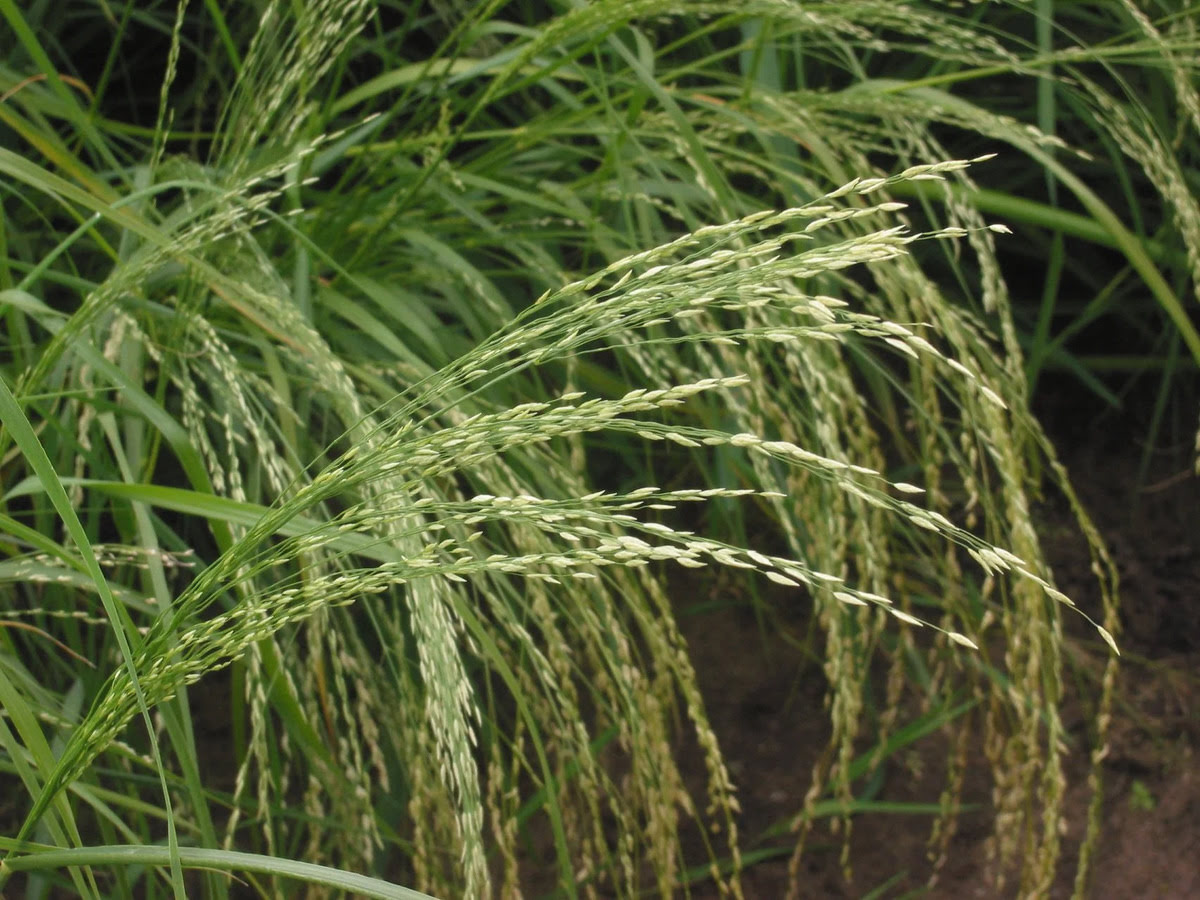
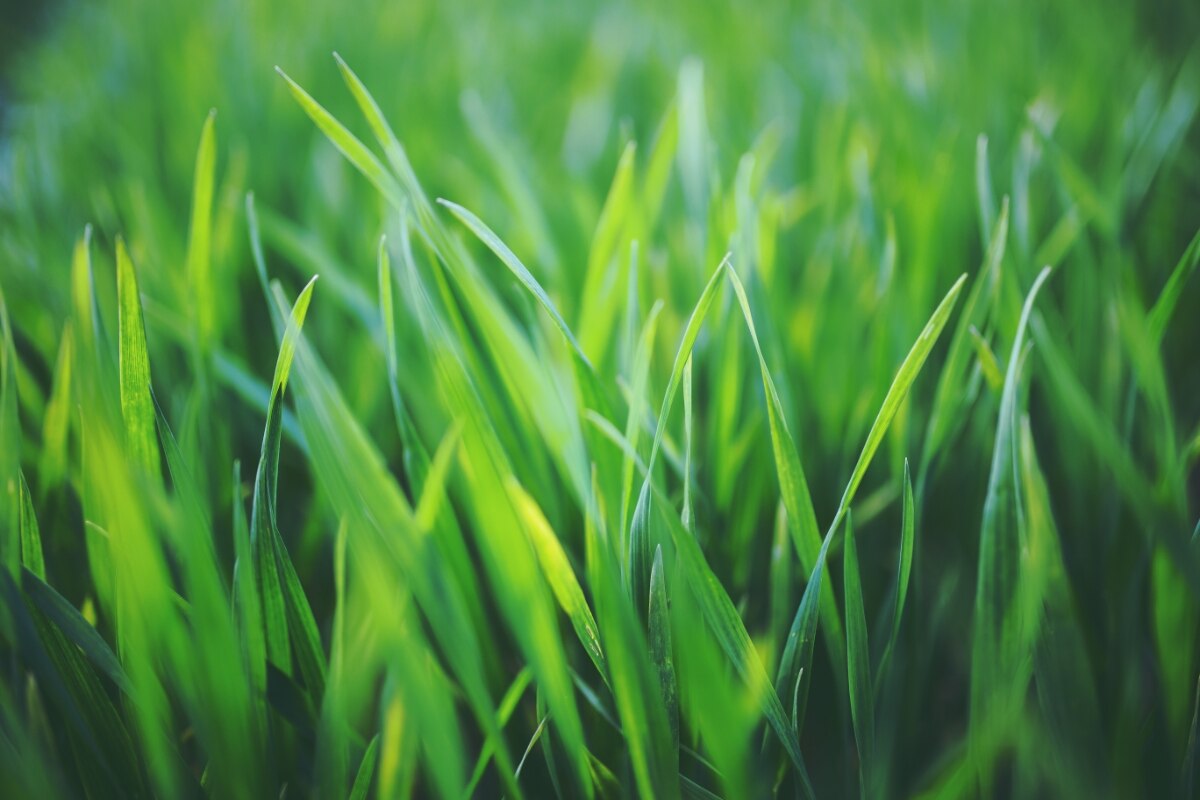
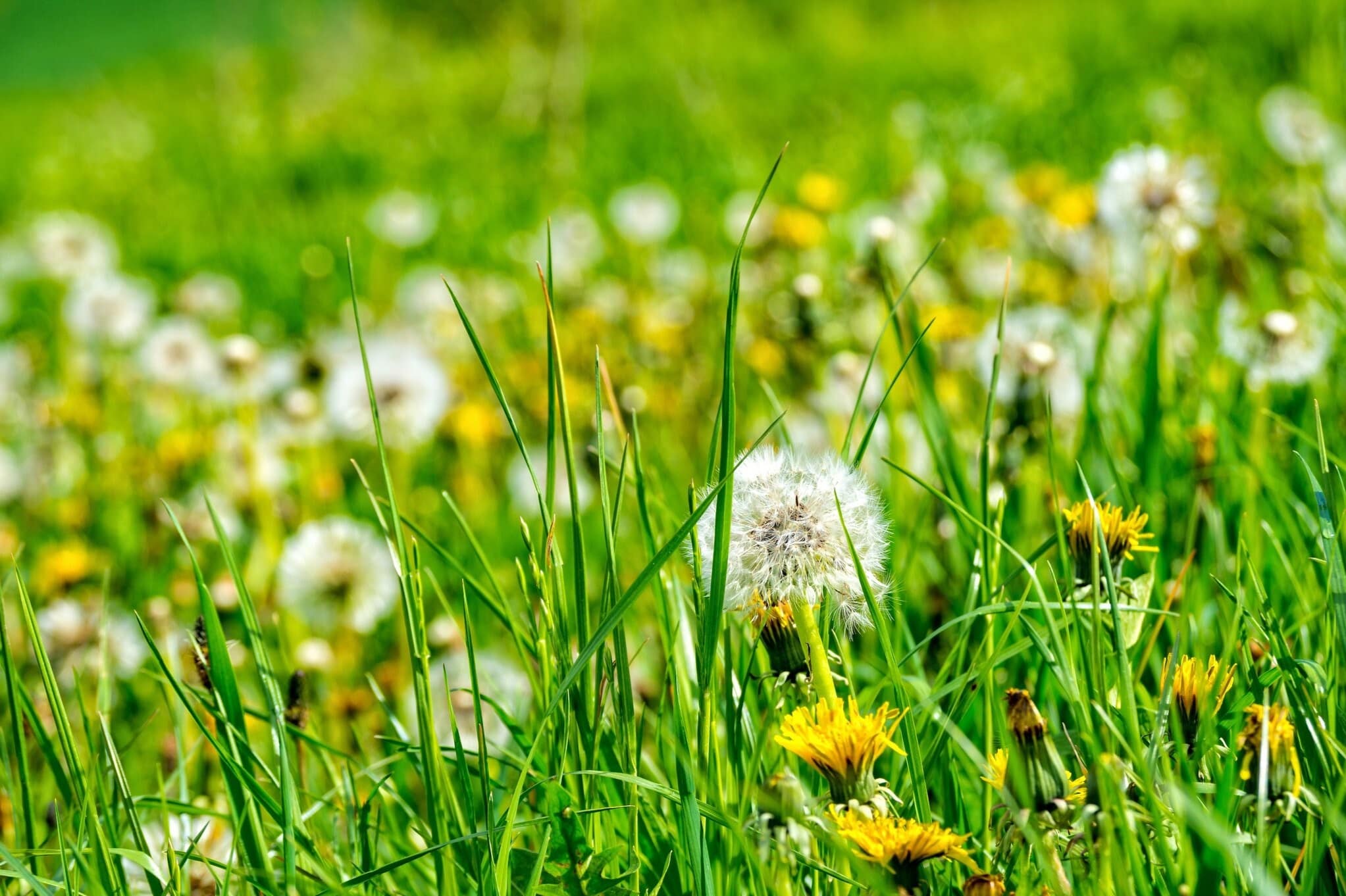

0 thoughts on “When To Stop Cutting Your Grass”